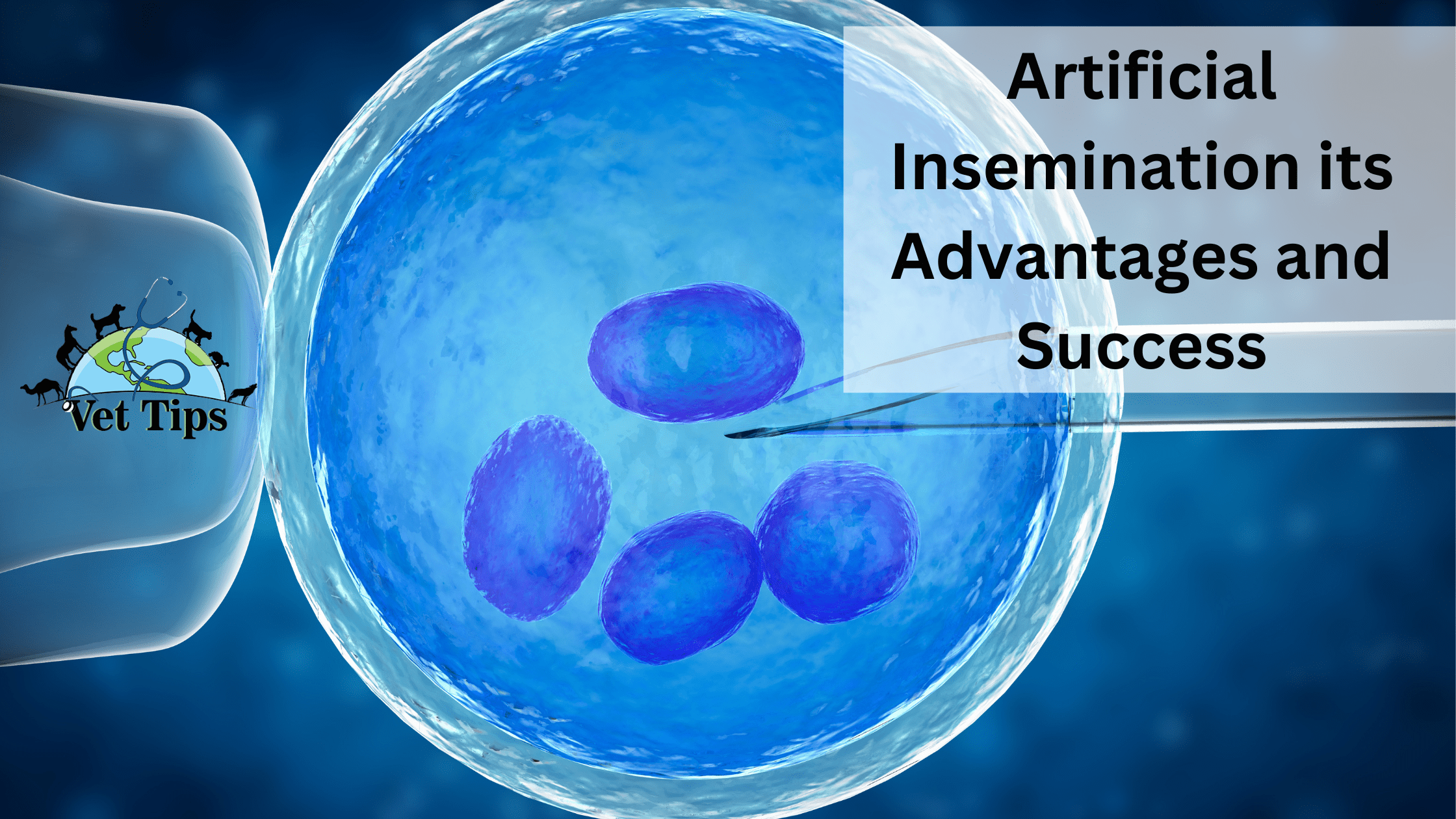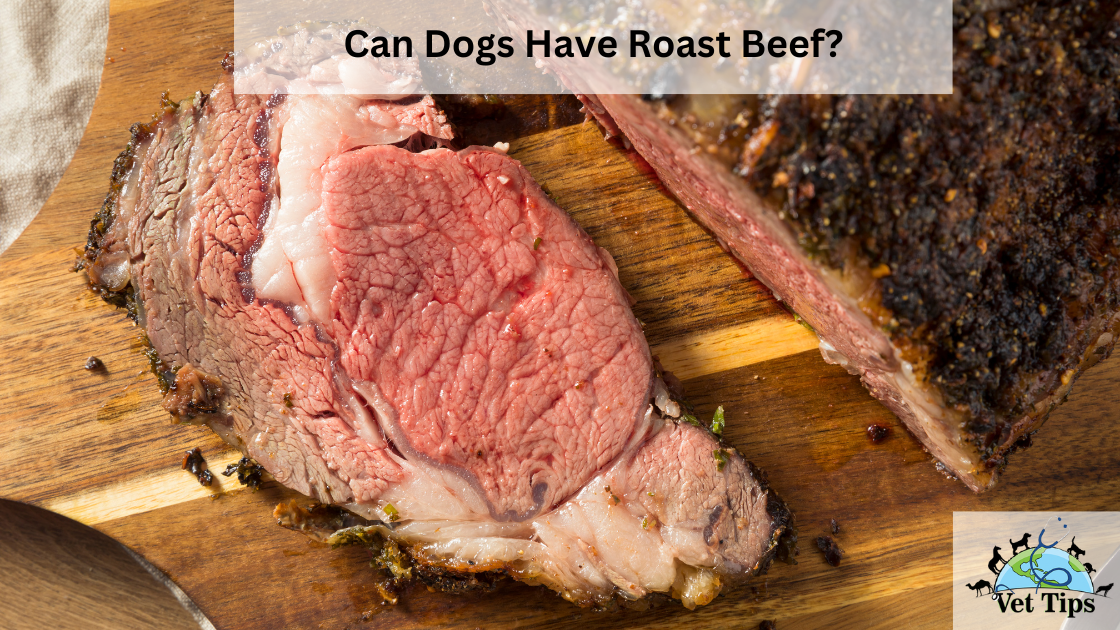Artificial insemination (AI) is a reproductive technique that involves the deliberate introduction of sperm into a female reproductive system, bypassing natural mating. It has become an increasingly popular and effective method of assisted reproduction in both humans and animals. The advantages and success of artificial insemination have made it a widely utilized approach in various fields, including human fertility treatments, livestock breeding, and conservation efforts.
Artificial Insemination
Definition: “Collection of s*men from male, processed, evaluated in the lab, and then transferred to female reproductive tract by artificial means for conception.”
Artificial Insemination is the most widely accepted technique worldwide for genetic improvement in animals. For large no. of animals, A.I. is beneficial at the national or international level, but for a farmer, embryo transfer and allied techniques are preferable.
Artificial Insemination and its Advantages and Success
History of A.I.
- In 1322 one of the Arabian chiefs inseminated his mare with the s*men of price winner horse.
- The first documented report of the A.I. report was in 1780 when an Italian physiologist L. Spallanzani carried out A.I. in b*tch and got three puppies after 62 days.
- In 1677, Leeuwenhoek first time observed the spermatozoa under a microscope.
- In 1899, Ivanoff, Russian, considered being the pioneer of A.I. in birds, equines, cattle, and sheep.
- In 1931, in Russia, A.I. at mass level was introduced, and 19800 cows were inseminated at the national level first time.
- In 1936 in Denmark first A.I. association was established, and in 1938 in the USA same association established.
- In 1970 tremendous growth of A.I. and mass breeding occurred. 40-60 % of cattle population was inseminated in the USA and while over 90 % inseminated in Denmark.
- The first freezing of s*men reported in England in 1949.
- A.I. is 15-20 % in developing countries while 80 % or above in developed countries. In Pakistan, 5-10 % of the area where A.I. occurs. In buffalo is 5-10 % and in cow 12-15 %.
- In Pakistan, the first time A.I. was introduced in 1954 when the first A.I. center was established in CVS, Lahore.
- From 1954-1961, about 8461 buffalos and 4885 cows were inseminated in CVS.
- In 1962 the first time it was accepted at government level and being produced at government farms.
- The first time in 1971 Department of Theriogenology was established in UAF. The first s*men production unit in Qadrabad was also found in the same year. Now Qadrabad, kherpur, Bahadernagar, and Klorekot s*men production units are working. There are also some private s*men production units.
Uses and Advantages of A.I.
(1): It increases the efficiency of bull usage:
In the A.I. program, the proven bull is being used. These bulls are on the pedigree or progeny record based. In a breeding season, a bull can provide maximum service to 100 females, and that bull is of good quality. But with A.I., thousands of females can be inseminated. So the efficiency of bulls’ usage increases.
(2): It increases the potential for genetic selection:
In the natural, bull serves 100 cows; 60-70 % is successful, so for the next election, only 60-70 calves are there. In the case of A.I., selection increases.
(3): It decreases the inbreeding:
In nature, there is increase inbreeding, and that is dangerous because lethal genes are transmitted from generation to generation. With AI, inbreeding is reduced.
(4): It is cost-effective:
To keep a bull, more expenses are required. So if we use A.I., that is economical.
(5): A.I. technique increases the safety of animals:
It controls the early mating or pregnancy. Premature mating leads to dystocia at the time of birth, which may also lead to the death of animals. If a male is mature and heifer is a young one, there are chances of permanent injury to heifer when male jumps. A. I can avoid this.
(6): A.I. increases the safety of herd man:
In 1980, a 2-3 % death of herd man was due to injury by a bull in America. So by using A.I., it can be avoided.
(7): It decreases the transmission of disease:
Diseases transmitted by coitus like trichomoniasis, brucellosis, campylobacteriosis. In natural if the bull is infected, females will also be infected. But in A.I. after collection of s*men, it is processed and checked for any pathogen. For precautionary measures, there is the addition of antibiotics.
(8): A.I. technique helps in the diagnosis of male infertility:
For the evaluation of bull, there is mating behavior and s*men quality. Natural mating is proper, but poor quality s*men will be diagnosed later after 5-6 months by pregnancy testing. But with A.I. after each collection, the s*men is checked for fertility so that diagnosis is earlier and reliable. So it helps in a screening of male diseases.
(9): It helps to provide service at doorstep:
Only a s*men container is taken to the place where needed and is an easier one. So it aids in the breeding program. S*men can be spread worldwide
(10): Storage:
Sound quality can be stored for years, even after the death of the bull. S*men can be stored for 25-28 years under optimum storage conditions.
(11): Sex determination:
At national herd, level sexed s*men is used to control the sex of offsprings.
(12): Allied techniques:
In A.I., the transfer of embryo helps in allied techniques, like embryo transfer, in vitro fertilization, etc.
(13): Life of sire:
A.I. increases sire life. In natural mating, there is a possibility of injury, but in A.I., that is reduced.
Artificial Insemination and its Advantages and Success
Drawbacks of AI
- AI technique decreases the efficiency of heat detection. In natural males and females are kept together, and heat detection is carried out by a more efficient bull. So it is recommended that teasers should be used for heat detection or relies on techniques like ELISA, RIA.
- If the wrong bull is used in A.I., thousands of females will be inseminated, but in nature, that harm will be limited.
- High skilled human resources are required for handling, collection, processing, evaluation and insemination of s*men, and heat detection, etc. Missing one step will lead to the failure of A.I.
- A robust sexual health program is required for the success of A.I.
Why are we far behind in this technique?
In Pakistan, 5-10 % of buffalo and 12-15 % of the cattle population can enjoy the artificial insemination. We are far behind due to
(1): Lack of genetic potential:
We do not have anything to show to farmers. We have the best world buffalo and Sahiwal cattle. But the problem is with our work and policies at the government level. So there is no lack of genetic potential.
(2): Acute shortage of breeding Bulls:
The problem is an acute shortage of breeding bull, and this in the case of buffalo is1:138 and if we include the urban area, then 1:171. In the case of cattle, it is 1:19. It shows the shortage of bull. The reason is that we just keep females; 6-12 month males are sold for meat.
(4): Lack of trained human resources:
Due to a lack of sufficient knowledge, this technique is failing in Pakistan. At the government level, there must be a training program.
(5): Lack of infrastructure:
The facility of offices, roads, transport, system, and residence is less. Veterinary service should be provided for 24 hours because the animal can be in heat at any time.
(6): Research:
Need to work more on deep freezing and storage of s*men. When s*men preservation is completed, the mortality is 40-45 %. Transportation stress decreases it further due to increased temperature and jerks. There are no optimum storage conditions in hospitals. There is also a lack of knowledge of the storage of s*men.
(7): Availability of liquid nitrogen:
The availability of liquid nitrogen is also a problem. At the bottom of the container, the temperature is -196 oC, and at the top, it is -124 oC. The temperature rises due to an insufficient supply of liquid nitrogen, so s*men quality deteriorates.
(8): Political Influence:
In Pakistan, there is beaurocratic and political interference; the right working persons are shifted from place to place on demand.
Artificial Insemination and its Advantages and Success (Cont.)
The success of Artificial Insemination
Two leading factors in the success of A.I.
(1): Accurate estrus detection:
(a): It may be visual observation in case of less number of animals.
(b): Lab methods of which hormone analysis is an important one.
For the detection of progesterone and estrogen, we take the sample of milk, plasma, and saliva, and analysis will show the same trend. CL, placenta (in case of pregnancy), and adrenal cortex are the sources of progesterone.
At the time of estrus, the level of progesterone should be minimum or at the basal level, i.e., 0.2-0.5 mg or, in general, less than one ng. If it is more or less than this level, it will negatively affect the conception. The level of estrogen will be maximum. It is detected by Radio Immuno Assay (RIA), Enzyme Immuno Assay, and ELISA.
(c): Use of teaser bulls in which there is the deviation of the p*nis. With this, we can also use the KMAR heat mount detector or chin ball.
(d): Use of androgenized female: Heifer is prepared for the detection of estrus after giving her testosterone (male hormone).
(2): Proper time of insemination:
It is the principle that animals should be inseminated before the end of estrus.
Mare:
Maximum chances of conception occur 36 hours before the end of estrus. Ovulation usually occurs 24-48 hours after the end of estrus. Estrus period is 3-7 days, and alternate-day insemination is recommended in field conditions. By using ultrasonography, we can measure the size of follicles, and the no. of doses can reduce. In one dose, 200-500 × 106 is the no. of sperms that should be there.
After confirmation of estrus, we go for v*ginal or Recto-v*ginal technique in which one hand in the r*ctum and one hand in the v*gina. When it touches cervix rings, then pass the rod. Preference should be given to the recto-v*ginal technique because in mare cervix is very soft, and chances of contamination and infection are less.
She-camel:
An animal is receptive to males even if there is no follicle, and that is due to the fear of males. So for insemination, the follicle must be observed. The length of both horns is the same in all species, but in the camel left horn is always more considerable, and over 90-95 % of pregnancies occur on the left side. If ovulation occurs on the right side, there is trans-migration of the ovum (chances are more in she-camel, mare, and swine). Ultrasonography is the only way to detect time for insemination by measuring the size of follicles. Its size is 1, 1.2, 1.,3, or a maximum of 1.5 cm—there is a direct relationship between the size of follicle and conception. In camel size of follicles is very important. Usually, s*men is deposited in the body of the uterus, but in the case of a camel, it should be deposited on the left side mainly. It is possible to work with a camel in the standing position if properly restrained, but usually in sitting position. S*men deposition should be deep uterine after the detection of follicle s*men should be deposited on a particular side of the ovum.
Sheep & Goat:
Hindquarters are elevated 10-15 inches in the breeding racks. Fix the tail, and the v*ginal speculum (glass/steel) is used (mostly glass). It is like a test tube opened from the lower side. Insert a speculum into the v*gina by using headlight. Confirm that the speculum is touching the cervix. Then deposit the s*men.
Female Dog:
Same in case of sheep and goat.
Buffalo and Cattle:
In buffalo and cattle recto-v*ginal technique is used.
The constraint of A.I.
- The small number of breeding bulls.
- No reliable A.I. services
- No knowledge of allied problems.
Tell us in the comments how you like our article.”Artificial Insemination its Advantages and Success”
For similar posts like this click here
For the source file, click here








